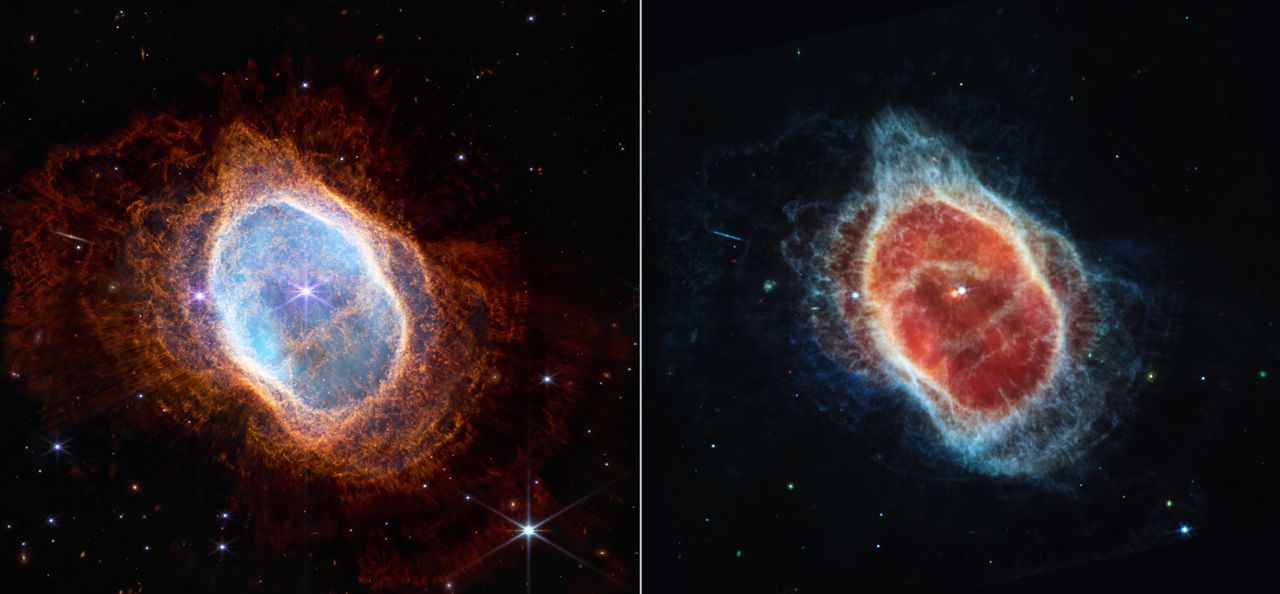
This is obviously important. What it immediately suggests is that TIME is unique for each individual galaxy. And that Each Galaxy is created individually at pretty well the same point is TIME. Cloud Cosmology says as much and thinking of each Galaxy as TIME independent is actually helpful.
The fact is that any galaxy is easily large enough to produce a stable N count with new particles in balance between creation and destruction. This tells us that most galaxies have reached a steady state condition.
Again the redshift is a measure of past particle counts which may somewhat vary..
Webb telescope makes a surprising galactic discovery in the distant universe
By Ashley Strickland, CNN
Updated 2:46 AM EST, Thu February 23, 2023
https://www.cnn.com/2023/02/22/world/webb-telescope-massive-early-galaxies-scn/index.html?
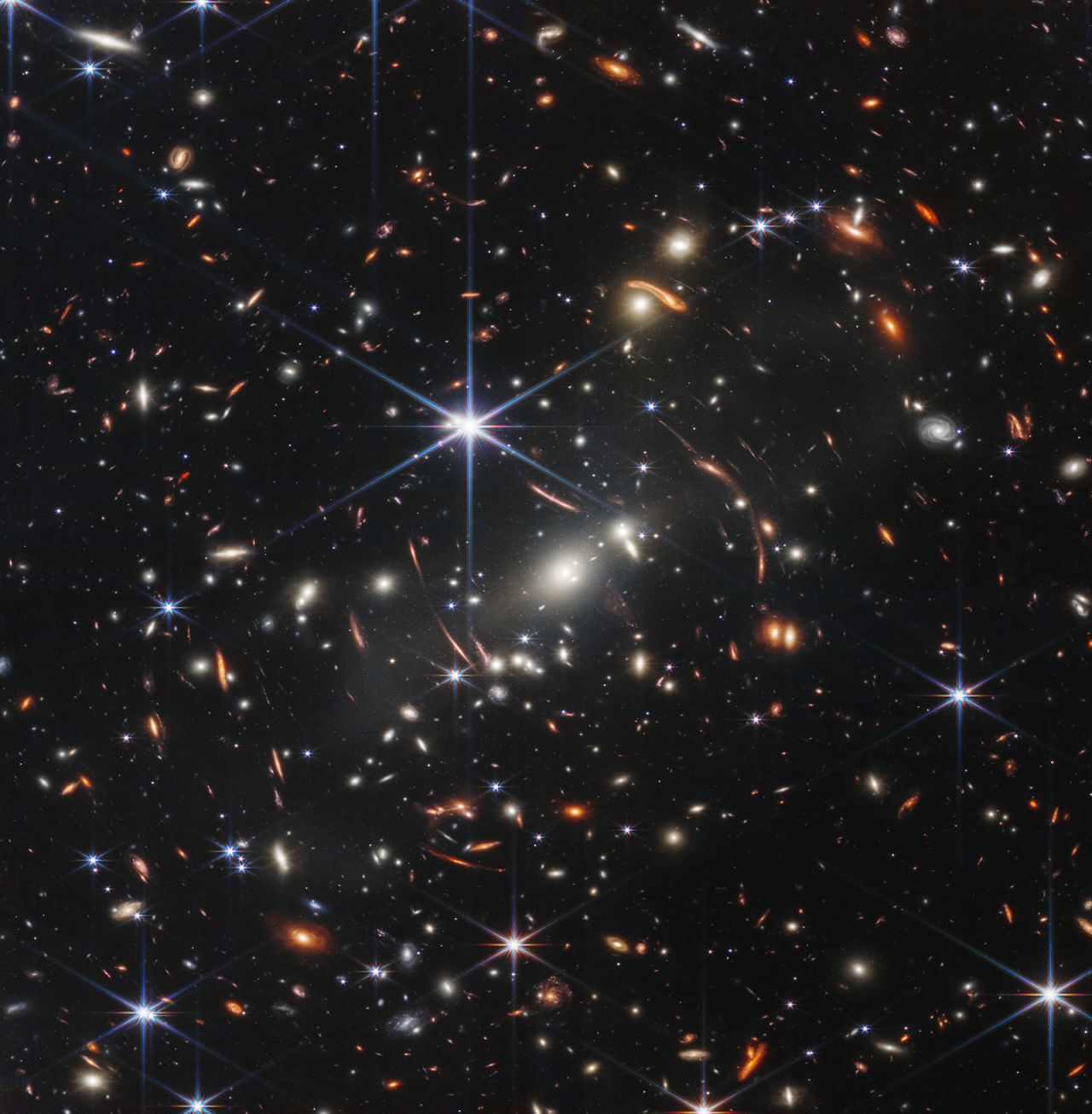
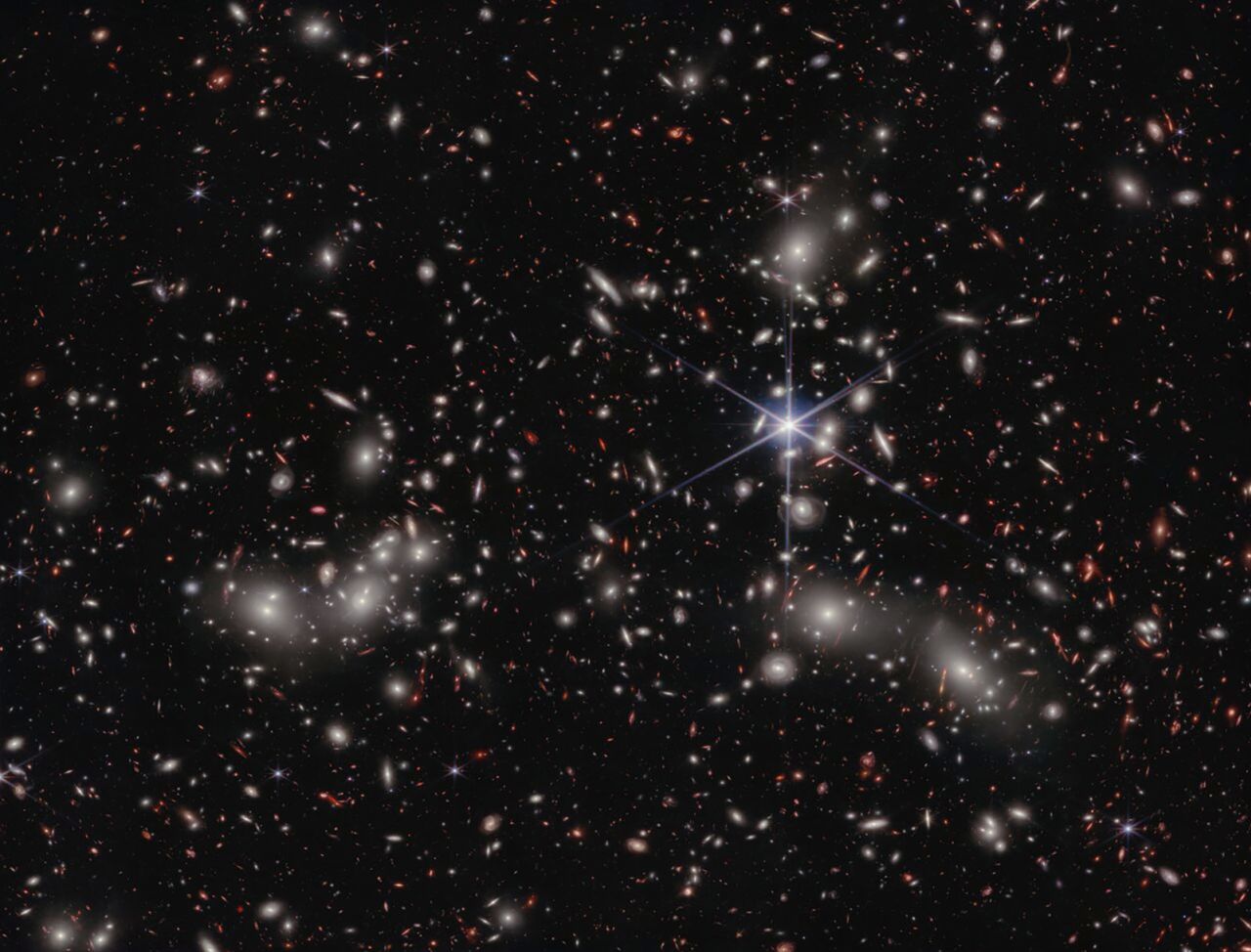
The James Webb Space Telescope captured 50,000 sources of near-infrared light in a new image of Pandora's Cluster, a megacluster of galaxies. The cluster acts like a magnifying glass, allowing astronomers to see more distant galaxies behind it.NASA, ESA, CSA, STScI
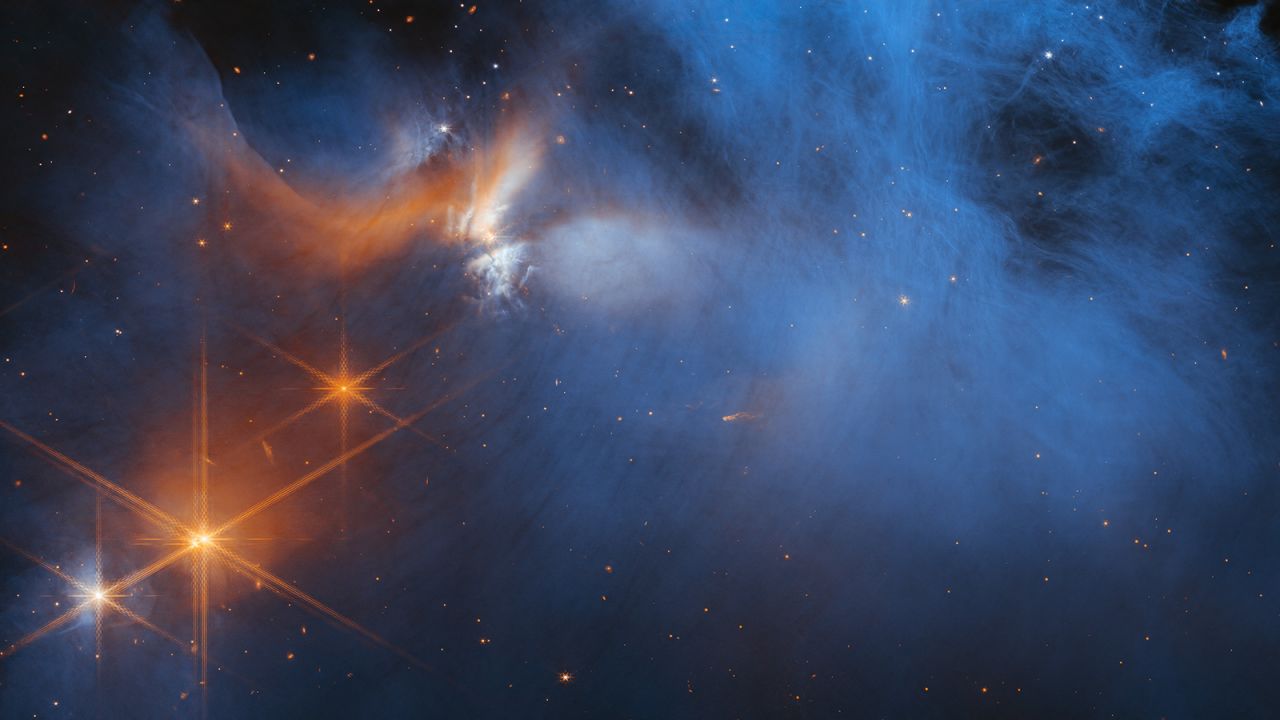
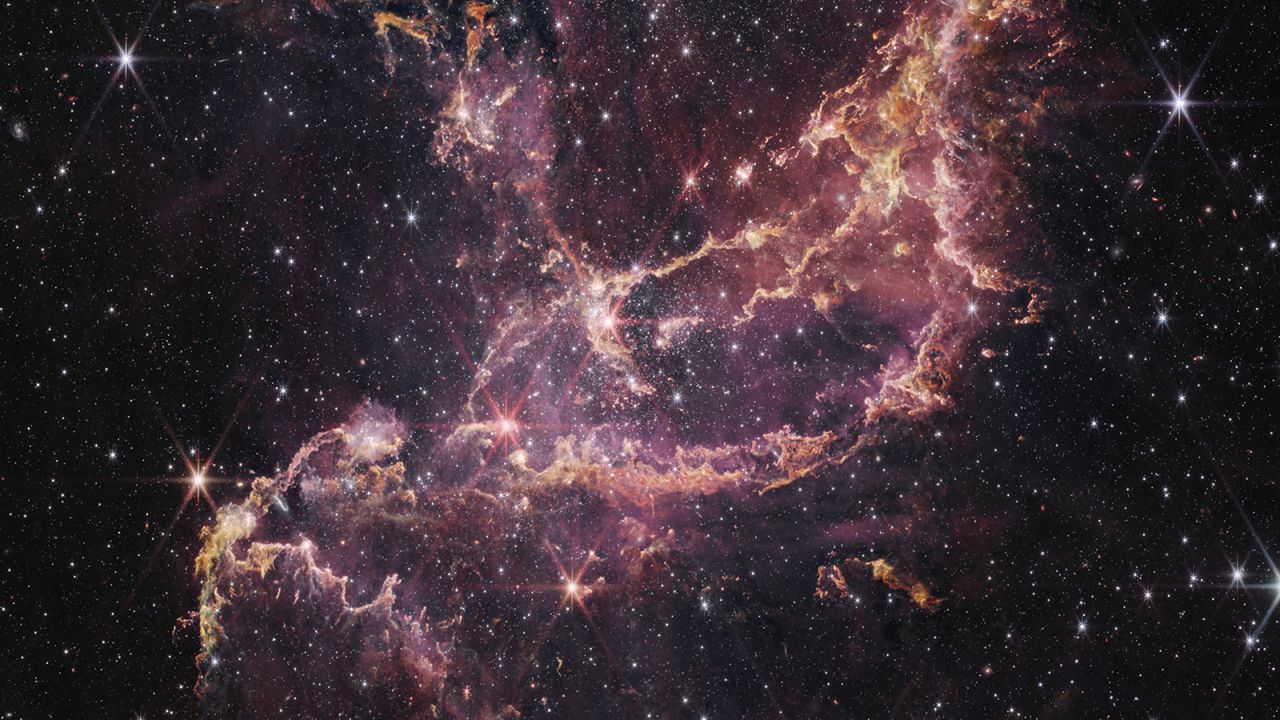
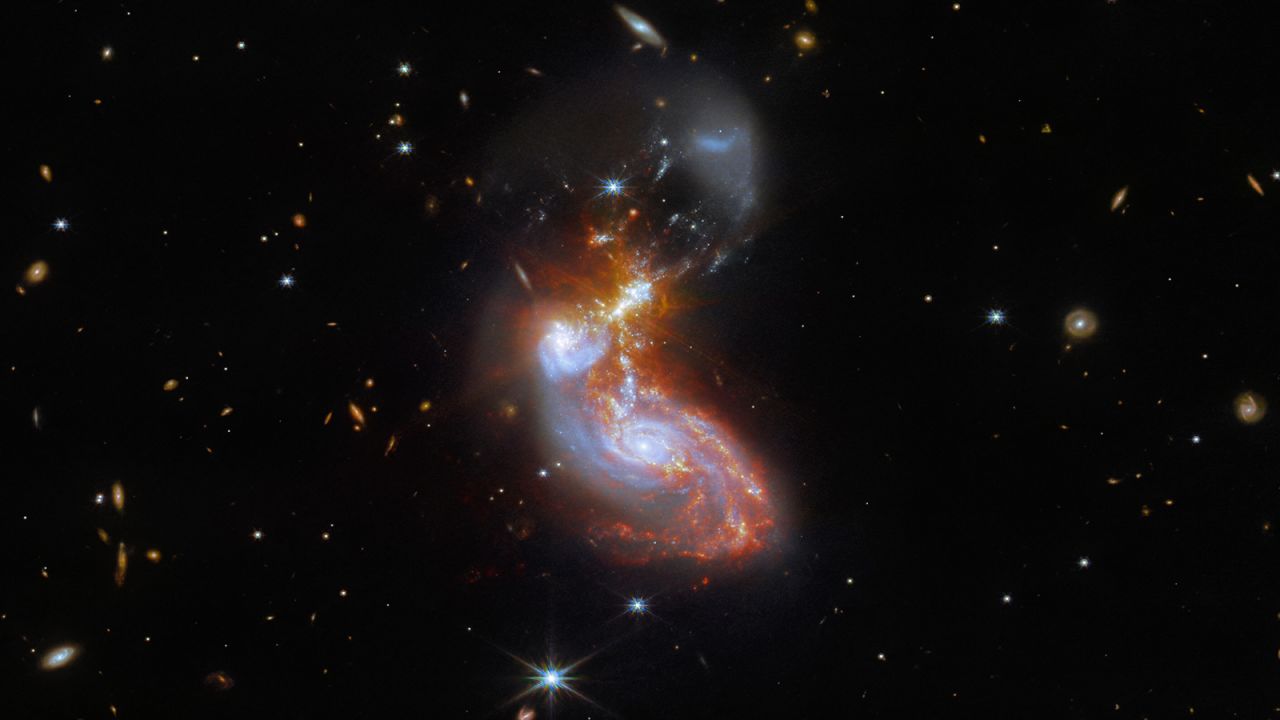
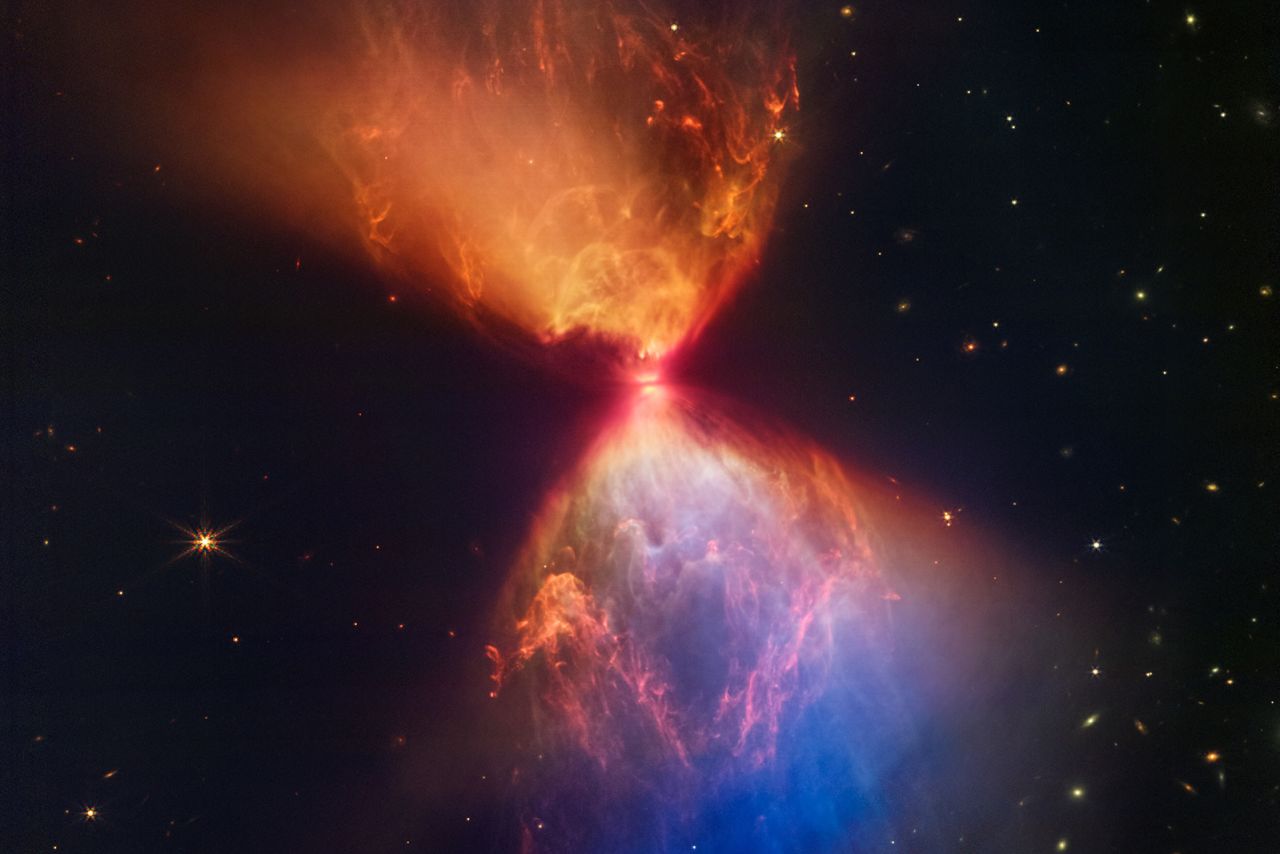
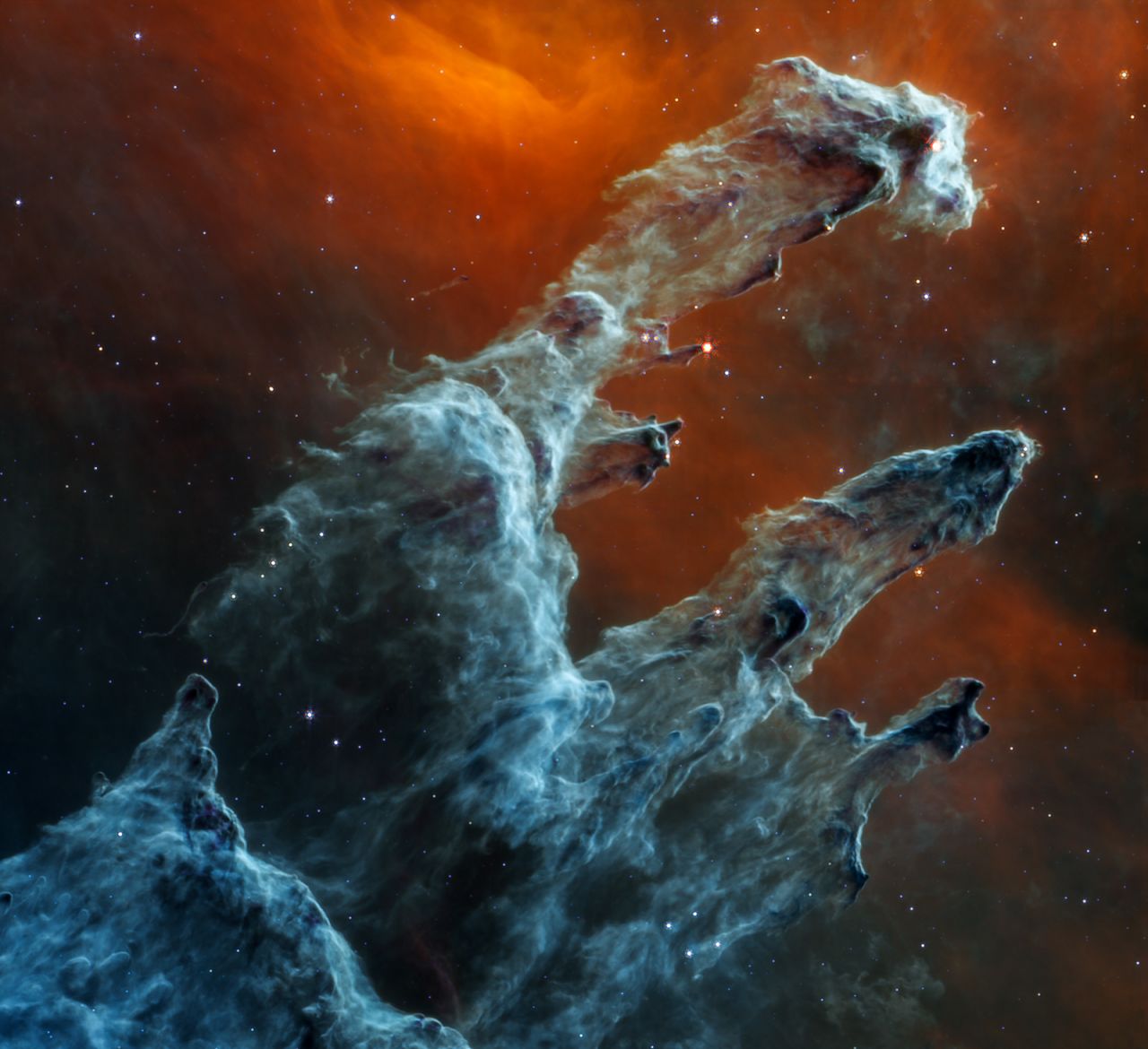

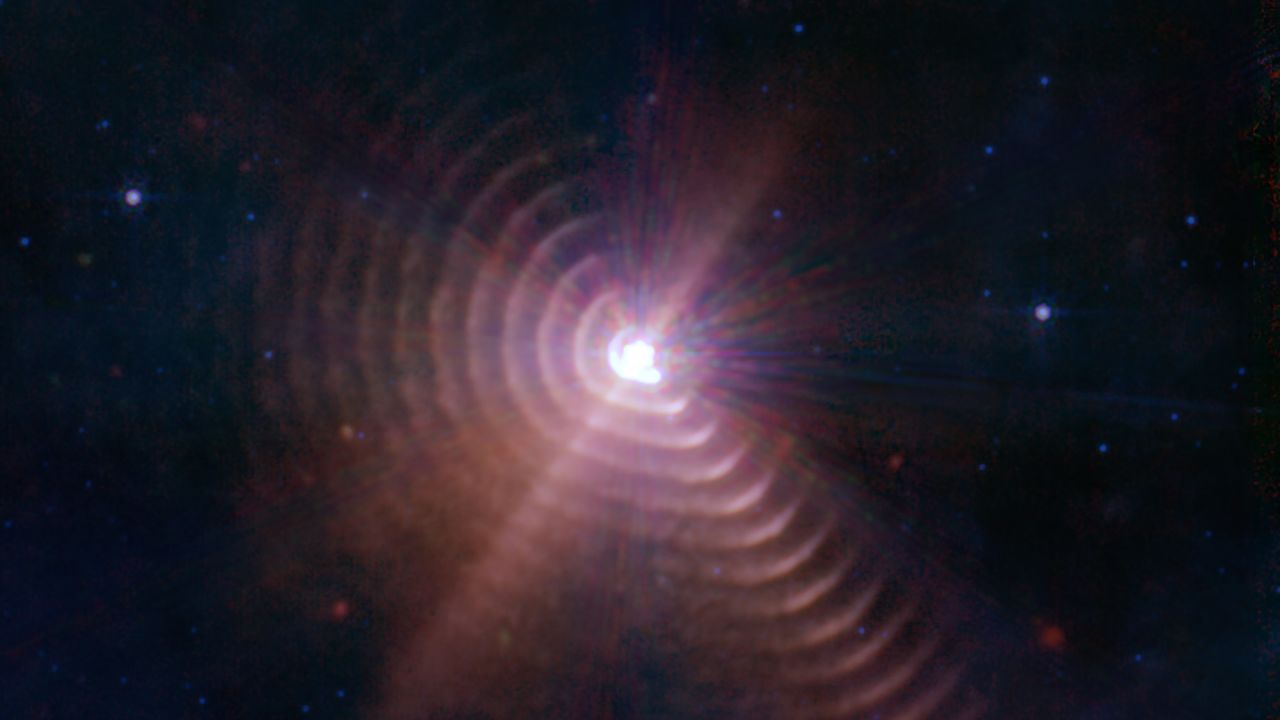
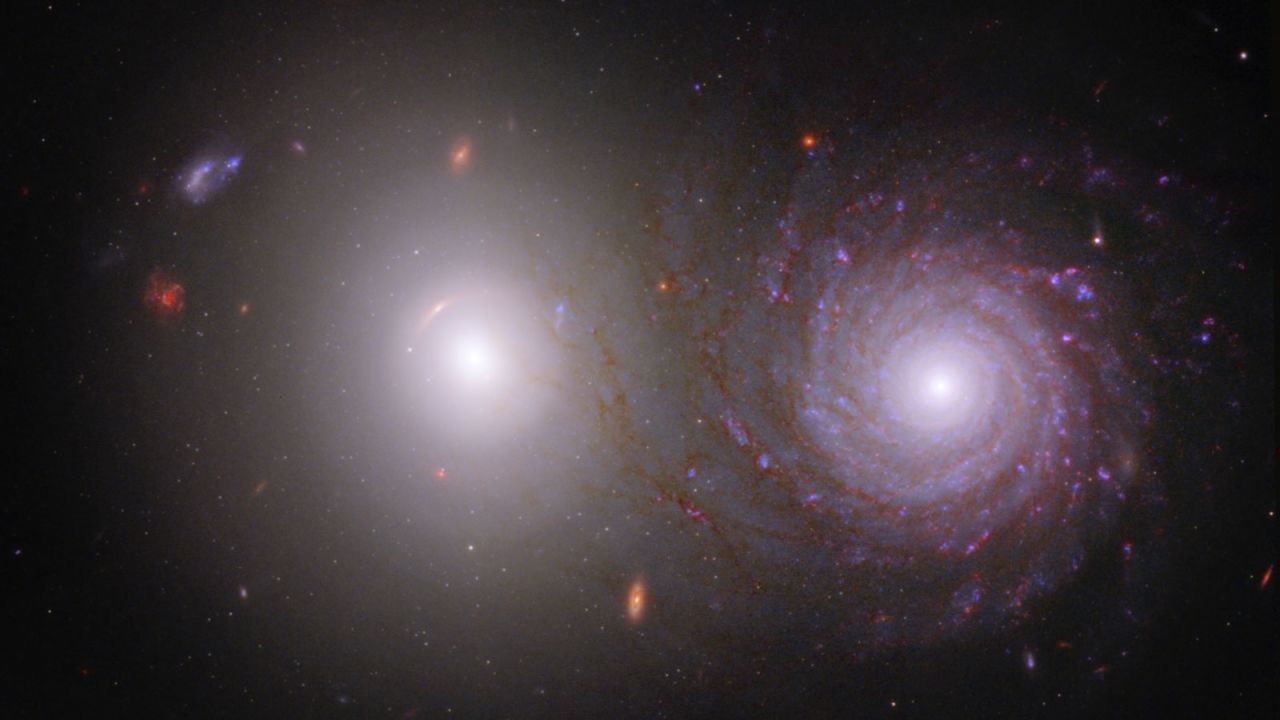
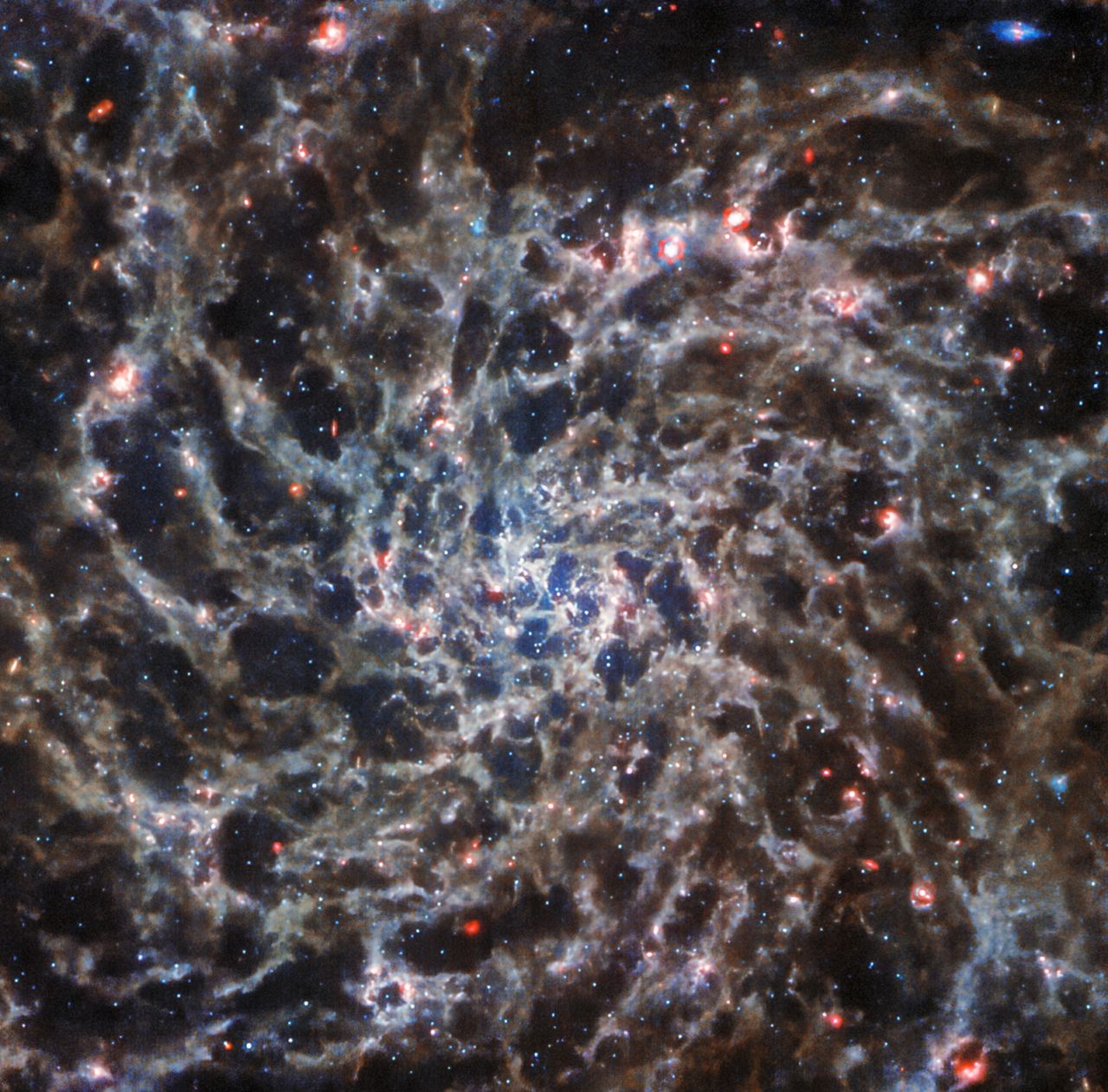
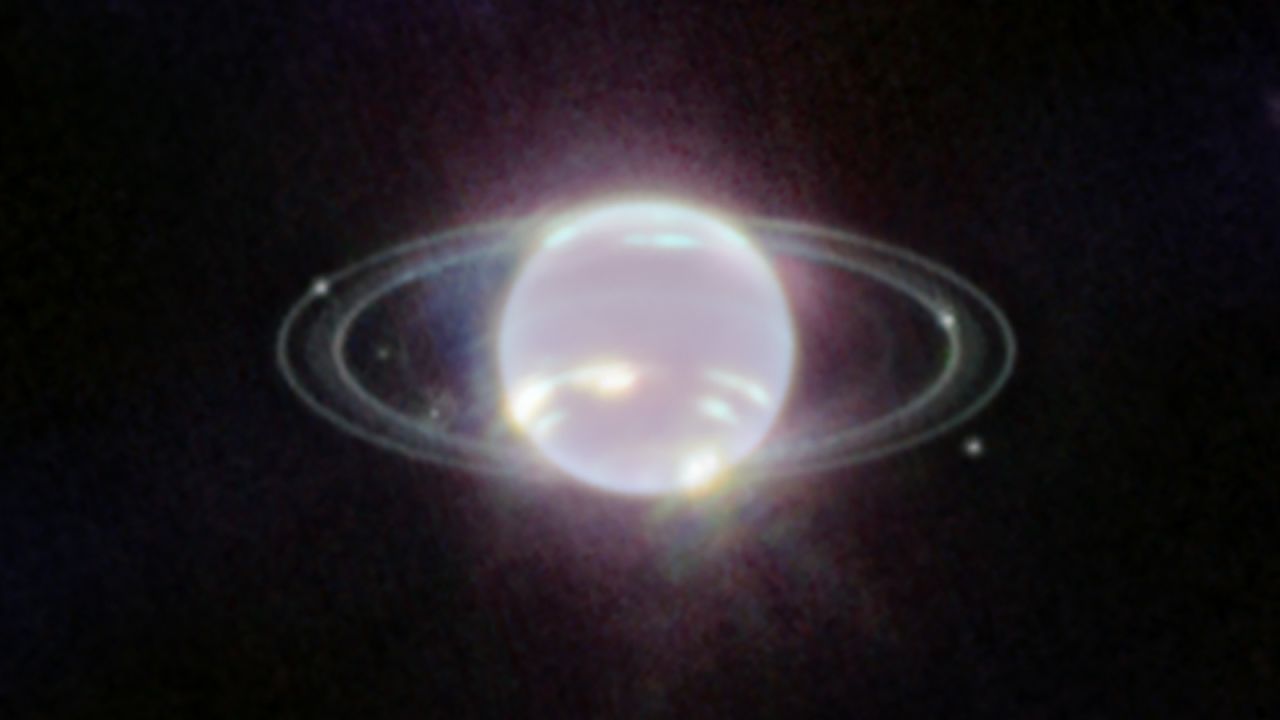
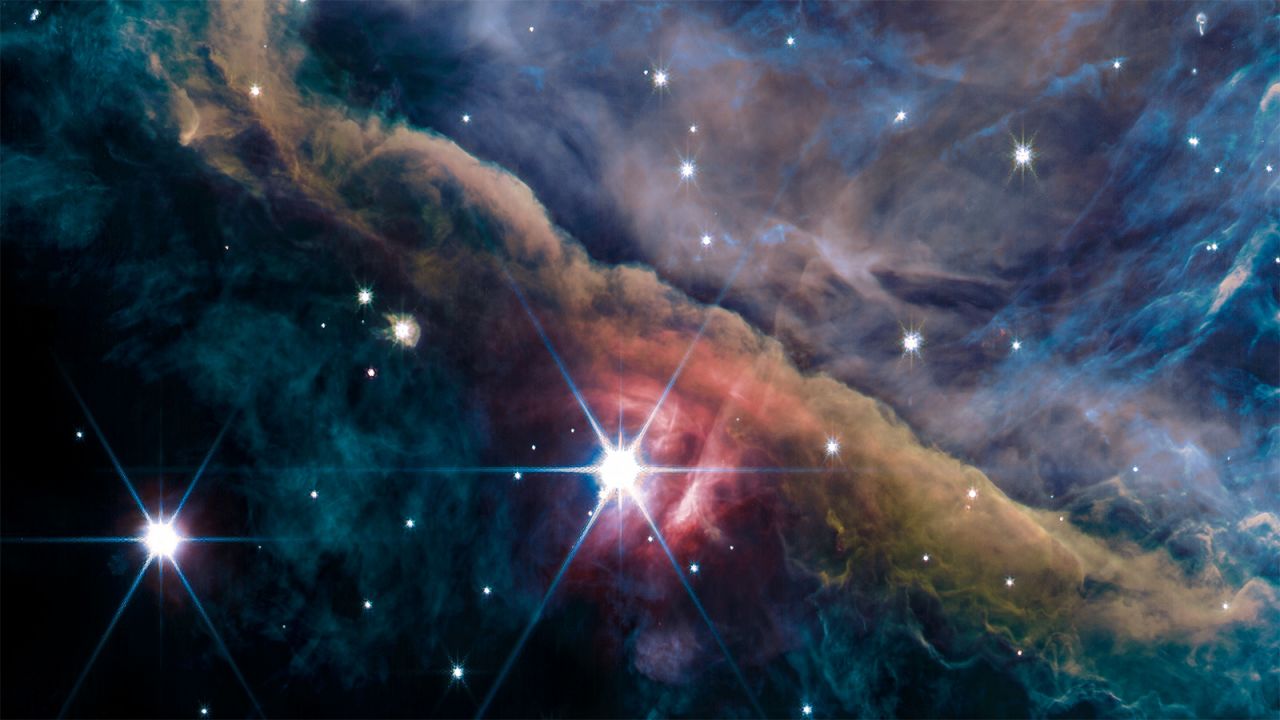
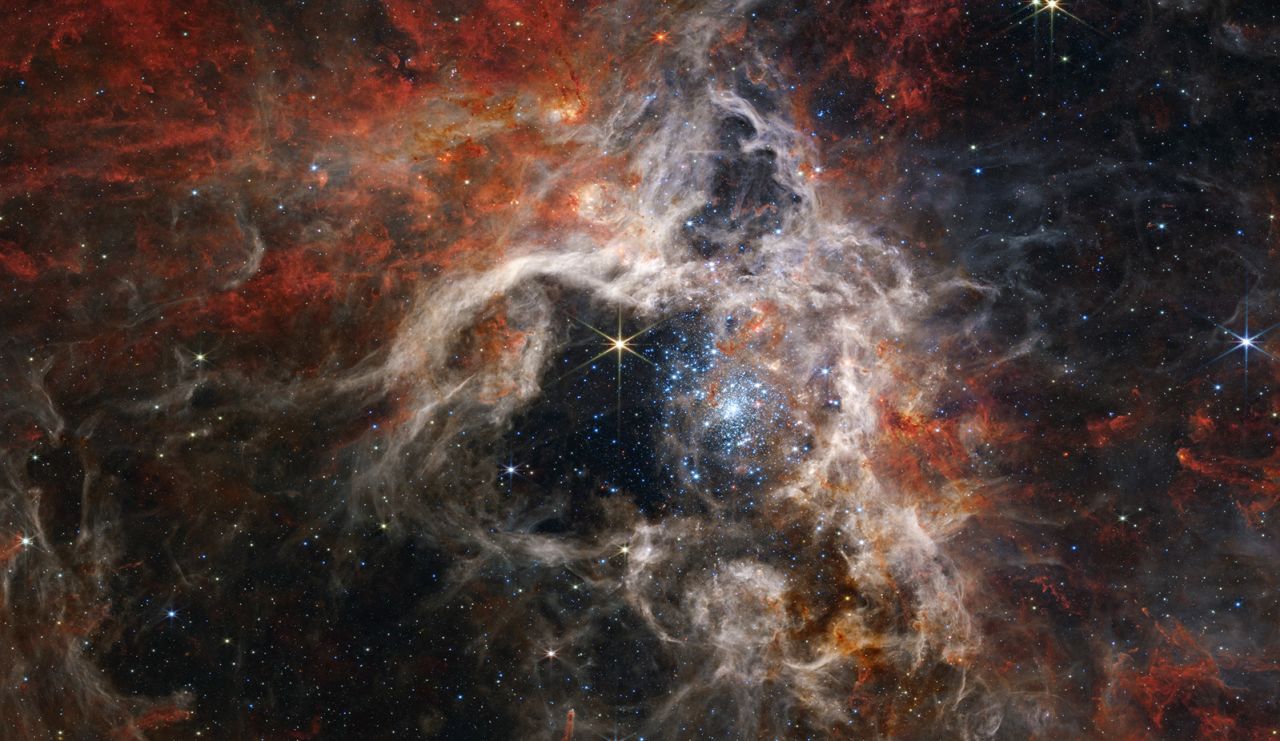
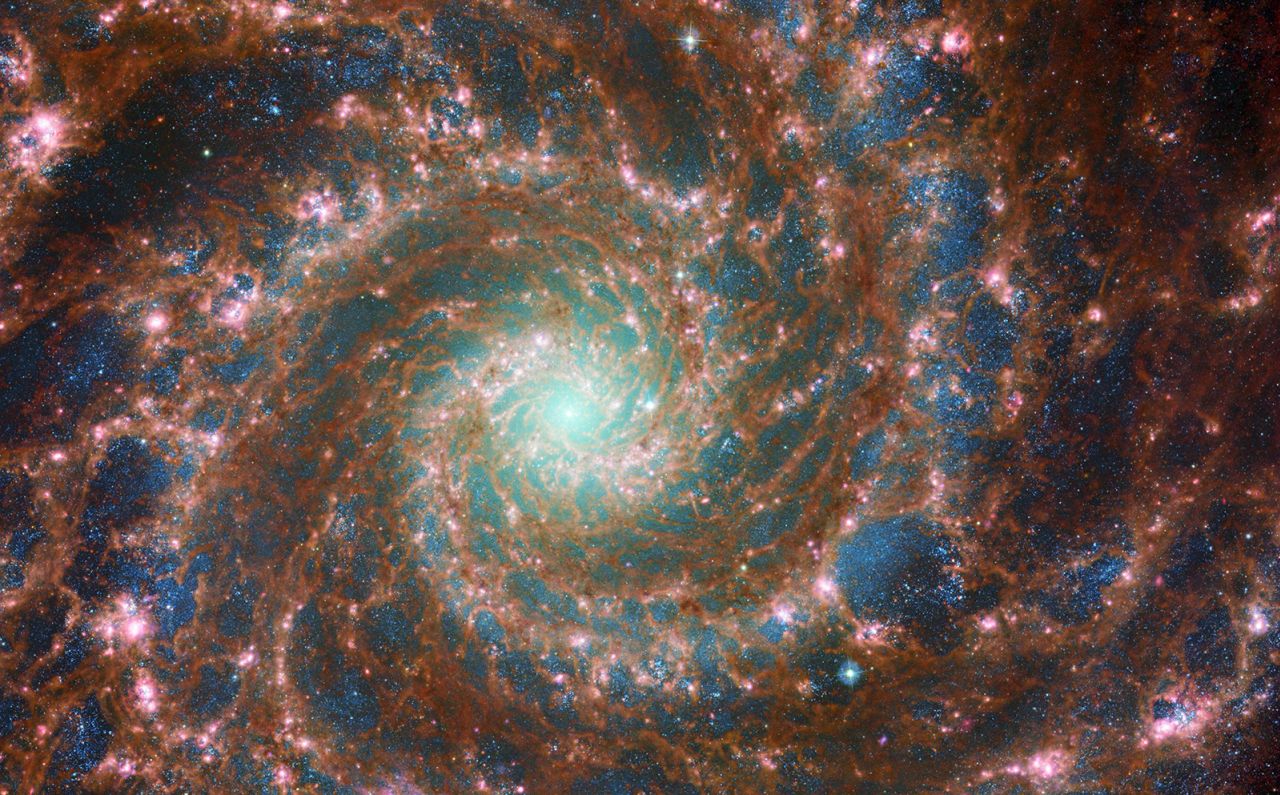

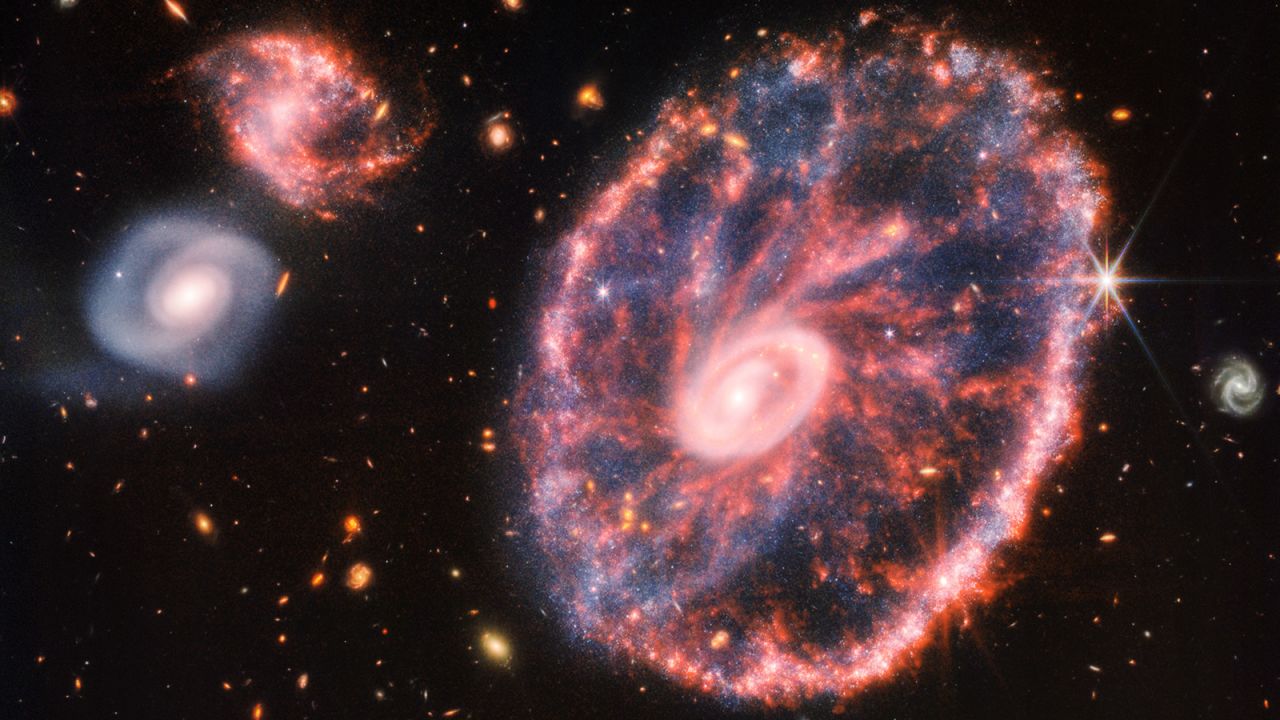






Observing the universe with the James Webb Space Telescope
1 of 20
PrevNext
Sign up for CNN’s Wonder Theory science newsletter. Explore the universe with news on fascinating discoveries, scientific advancements and more.
CNN —
Astronomers have used the James Webb Space Telescope to peer back in time to the early days of the universe — and they spotted something unexpected.
The space observatory revealed six massive galaxies that existed between 500 million and 700 million years after the big bang that created the universe. The discovery is completely upending existing theories about the origins of galaxies, according to a new study published Wednesday in the journal Nature.
“These objects are way more massive than anyone expected,” said study coauthor Joel Leja, assistant professor of astronomy and astrophysics at Penn State University, in a statement. “We expected only to find tiny, young, baby galaxies at this point in time, but we’ve discovered galaxies as mature as our own in what was previously understood to be the dawn of the universe.”
The telescope observes the universe in infrared light, which is invisible to the human eye, and is capable of detecting the faint light from ancient stars and galaxies. By peering into the distant universe, the observatory can essentially see back in time up to about 13.5 billion years ago. (Scientists have determined the universe is about 13.7 billion years old.)
“The revelation that massive galaxy formation began extremely early in the history of the universe upends what many of us had thought was settled science,” Leja said. “We’ve been informally calling these objects ‘universe breakers’ — and they have been living up to their name so far.”
The galaxies are so massive that they conflict with 99% of models representing early galaxies in the universe, which means scientists need to rethink how galaxies formed and evolved. The current theory suggests that galaxies began as small clouds of stars and dust that grew over time.
“We looked into the very early universe for the first time and had no idea what we were going to find,” Leja said. “It turns out we found something so unexpected it actually creates problems for science. It calls the whole picture of early galaxy formation into question.”
Investigating early galaxies
Astrophysicist explains new NASA image taken billions of lightyears away
02:56 - Source: CNN
Leja and his colleagues began analyzing Webb data, along with the telescope’s first high-resolution images, once they were released in July. The galaxies appeared as large points of light, and the team was surprised to see them — so surprised, they thought they made a mistake in interpreting the data.
“When we got the data, everyone just started diving in and these massive things popped out really fast,” Leja said. “We started doing the modeling and tried to figure out what they were, because they were so big and bright. My first thought was we had made a mistake and we would just find it and move on with our lives. But we have yet to find that mistake, despite a lot of trying.”
One way to determine why the galaxies grew so quickly is by taking a spectrum image of the galaxies, which involves splitting light into different wavelengths to define various elements, as well as determine the true distance of the galaxies, Leja said. The spectroscopy data would provide a more detailed look at the galaxies and their impressive size.
“A spectrum will immediately tell us whether or not these things are real,” Leja said. “It will show us how big they are, how far away they are. What’s funny is we have all these things we hope to learn from James Webb and this was nowhere near the top of the list. We’ve found something we never thought to ask the universe — and it happened way faster than I thought, but here we are.”
It’s also possible that the galaxies identified with Webb data are actually something else entirely.
“This is our first glimpse back this far, so it’s important that we keep an open mind about what we are seeing,” Leja said. “While the data indicates they are likely galaxies, I think there is a real possibility that a few of these objects turn out to be obscured supermassive black holes. Regardless, the amount of mass we discovered means that the known mass in stars at this period of our universe is up to 100 times greater than we had previously thought. Even if we cut the sample in half, this is still an astounding change.”

Webb captured images of the six massive galaxies. One of them (bottom left) could contain as many stars as our Milky Way galaxy, but it is 30 times more compact.
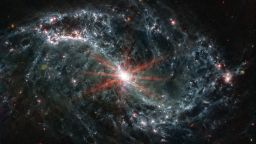
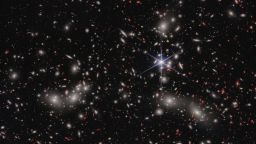
No comments:
Post a Comment